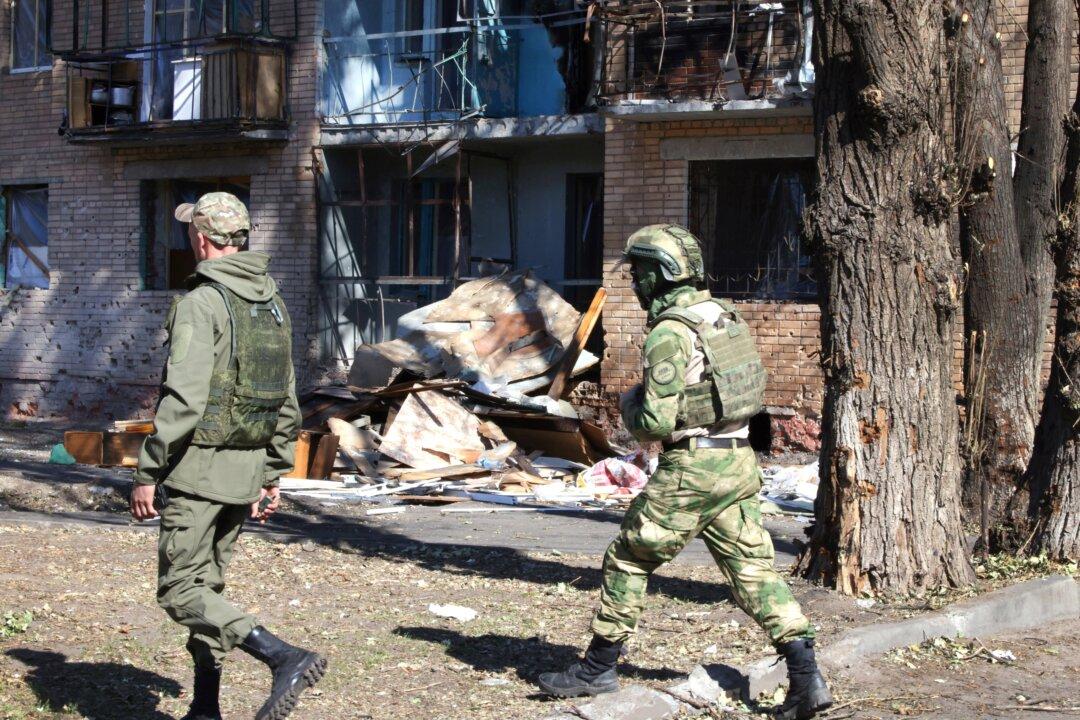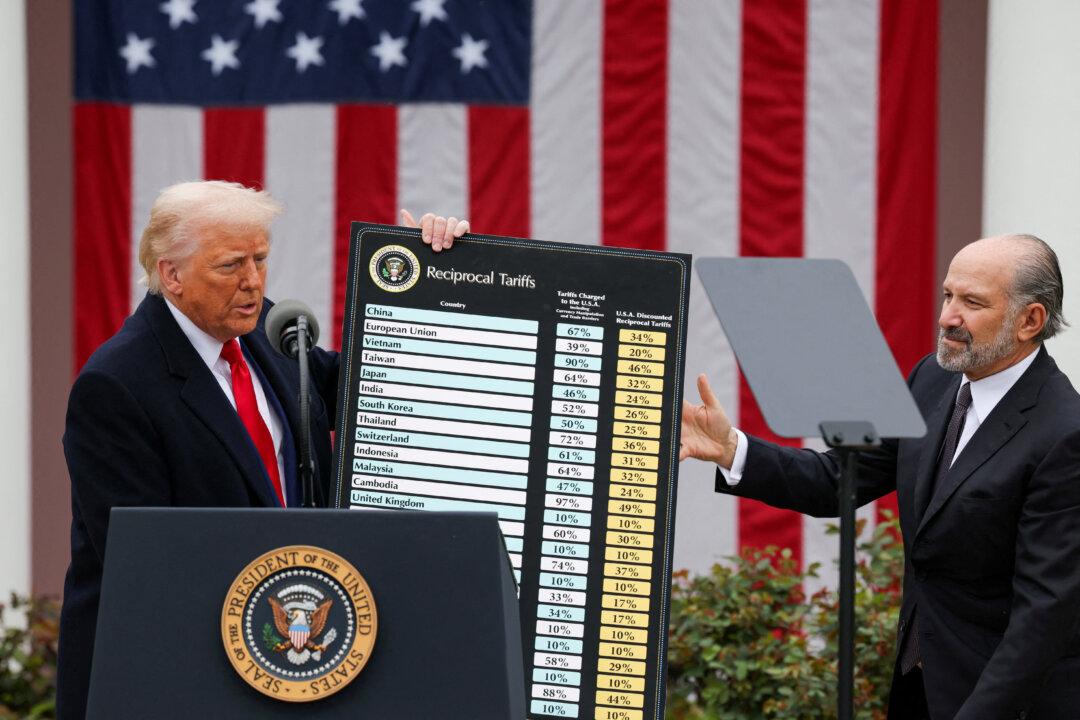Commentary
The recent Ukrainian incursion into Russia has shattered the truism that it is impossible to achieve surprise in an offensive in the drone era, and that no swift progress can be made where extensive fortifications have caused the line of battle to stabilize. It also illustrates the many errors that Russia has made in this generally unsuccessful, aggressive war to suppress Ukraine, and the remarkable talent at innovation of the Ukrainians.
No one should underestimate the stakes in this war. From the beginning, the Russians were trying to undo and win back the largest single piece of their defeat in the bloodless end of the Cold War, and their disintegration as a unifying authority for the great variety of ethnic and sectarian groups that were combined in the Soviet Union. The most populous of the USSR republics, apart from Russia itself, was Ukraine. It is also the most strategically located in Central Europe, and has an extensive background and capacity for defence production, as well as being a rich wheat-growing country.
Putin succeeded in intervening sufficiently heavily to elevate a pro-Russian government
led by Viktor Yanukovych in 2010 that could reasonably be expected to advocate close association with Russia, and to distance Ukraine from the European Union. The United States and Western Europe assisted democratic factions in Ukraine to overthrow the Yanukovych government by
mass public demonstrations supporting a Ukraine Supreme Court finding that the president had violated the Constitution.
Petro Poroshenko was elected through internationally monitored free elections, and a government that favoured closer relations with the West and ultimately membership in NATO and the European Union was installed. In retaliation against what he considered unreasonable Western intervention in Ukraine, Putin seized Crimea, and Ukraine was in no position to dispute with the Russian army.
Crimea had been Russian for all of its history
up until 1954, and there was not a strong reaction in the West as there was in Ukraine itself. Ukraine then began extensive comprehensive military training programs with a number of the principal NATO countries, including Canada, with the result that it developed a fully trained army of 500,000, though it was not fully equipped.
The Russo-Ukrainian war really
began in 2014 with aggressive trans-border and indigenous irredentist activity by the Russophone population in East and South Ukraine, along with the
seizure of Crimea. The Russians apparently confined themselves to Russian-speaking areas of Ukraine (approximately 17 percent of Ukraine’s population), and the Obama administration and the principal Western European countries, lulled to some extent by placatory noises from Putin, unctuously hoped that these actions would be contained to where they were and would eventually fizzle out. This would happen presumably when Russia had assumed control of the Russian-speaking districts of Ukraine, somewhat as it had done with two provinces of the former Soviet Republic of Georgia.
NATO declined to supply Ukraine with military equipment remotely comparable to that of the Russian army, and although Ukrainian resistance was valiant and ingenious, it did not seriously disincentivize the Russians until the Trump administration provided Ukraine with Javelin anti-tank missiles. This created an inconvenient obstacle for the Russians, and the frontier war sputtered on inconclusively until, in 2022, Putin—reaching his own conclusions about the likely response of the West—launched a full-fledged invasion of Ukraine. He was almost certainly encouraged by
President Biden’s reply to a media question that America’s response to a Russian invasion of Ukraine would depend on whether Russia aspired to carve out a province or two or subjugate the entire country.
Naturally undeterred by this soft reaction, Putin made a rambling and almost incoherent, bowdlerized historical address announcing his invasion and claiming that Ukraine had no right to be considered a sovereign country—despite the Russian government’s guarantee of Ukraine in its borders after it
surrendered the nuclear weapons that had been left there by the vanished Soviet Union. He declared that the Ukrainian government was comprised of Nazis and drug dealers, an incongruous charge, especially considering that Ukrainian President
Volodymyr Zelenskyy is Jewish.
It was clear from the outset that Putin intended to eliminate Ukraine as an independent country and reabsorb it into Russia, where it had been for 300 years. The 30 years of Russian ambiguity about the status of the former Soviet republics apart from Russia itself was substantially eliminated when Putin threw down the mask and conducted a full-scale invasion of Ukraine. Some remarked at the time that Russian forces would occupy the Ukrainian capital of Kiev within a few days and the entire country within a few weeks.
After the invasion, President Biden offered President Zelenskyy and his family safe passage out of Ukraine. But it soon became clear that Ukraine was practically entirely mobilized to a fight to the death to defend the homeland, and it immediately took advantage of its own
talents at drone technology. Ukraine responded to the unimaginative Russian tactics of sending great numbers of tanks massed together into Ukraine by blowing the tracks off tanks at the front of columns or key points in the route and stalling the Russian attacks.
Contrary to complacent Russian government expectations that the Biden administration would do nothing, and the Western Europeans would be too attached to their natural gas imports from Russia to do anything effective, NATO reacted with commendable determination. The Ukrainians mobilized a larger force than that which was invading it, and they were shortly armed with sophisticated armaments that vastly exceeded what the Russians had expected to face. The West realized that this was an attempt to roll back the West’s Cold War victory and expose the Western Alliance as a feeble relic, an inert hot-air balloon.
Ukraine improvised a great many tactics that revealed the plodding Russian bear as vulnerable and clumsy. They distributed cellphones to Russian prisoners of war and invited them to
phone home and say how well they were treated. They produced their own drones that frequently materialized over Russian command groups and killed an unusually high number of officers. They proved expert in blocking routes and launching harassing flank attacks.
The facts speak for themselves—that two and a half years after the invasion, Russia is still effectively unable to go much beyond the originally targeted Russian-speaking areas of Ukraine. Russia has absorbed
over 600,000 casualties, approximately a third of them deaths. This is the equivalent of about 175,000 casualties in Canada and approximately 1,350,000 casualties in the United States, a larger number than the United States sustained in all foreign wars in American history combined.
The implications of not having fought a serious war since the
Battle of Berlin in 1945 were quickly obvious in the floundering of the Russian army. Its strategy, in the absence of any alternative it was competent to execute, became mere attrition. The recent Ukrainian
attacks inside Russia, like the desertion of the Wagner mercenary forces and their unopposed march towards Moscow in the spring, demonstrated the sluggish state of Russian military and national morale. It also showed the fraudulence of Putin’s masquerade, both as the third superpower of the world and as the heir of Peter the Great as a great Russian nationalist.
This is the significance of the current Ukrainian offensive: A heroic founding tradition of independent Ukraine is being created, and, as Mr. Churchill
said of Finland in 1940 and of Greece in 1941, Ukraine is showing the world “what free men can do.”
Views expressed in this article are opinions of the author and do not necessarily reflect the views of The Epoch Times.







